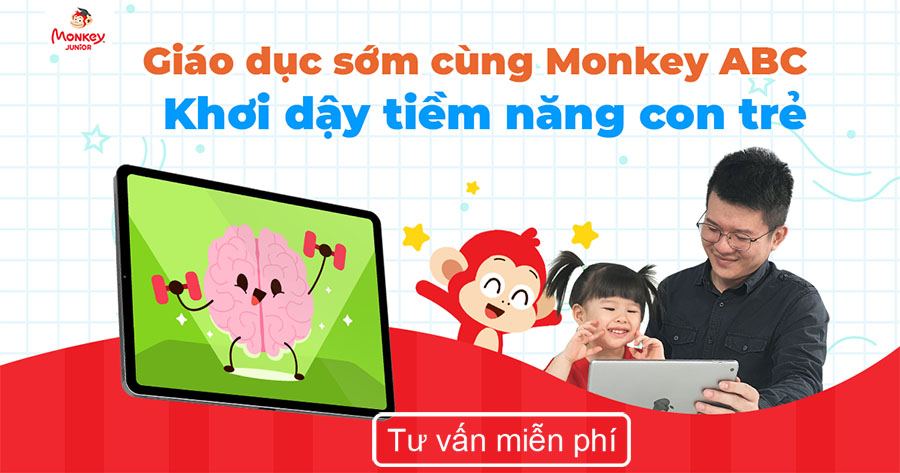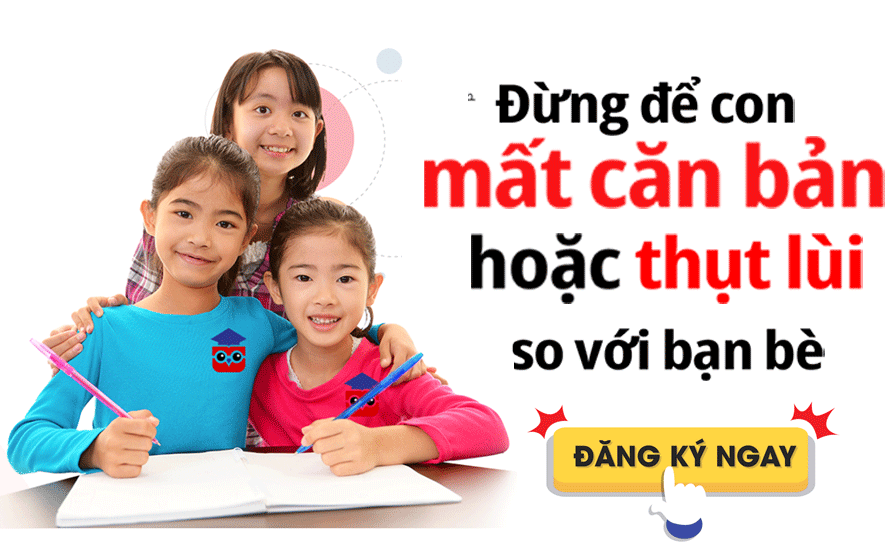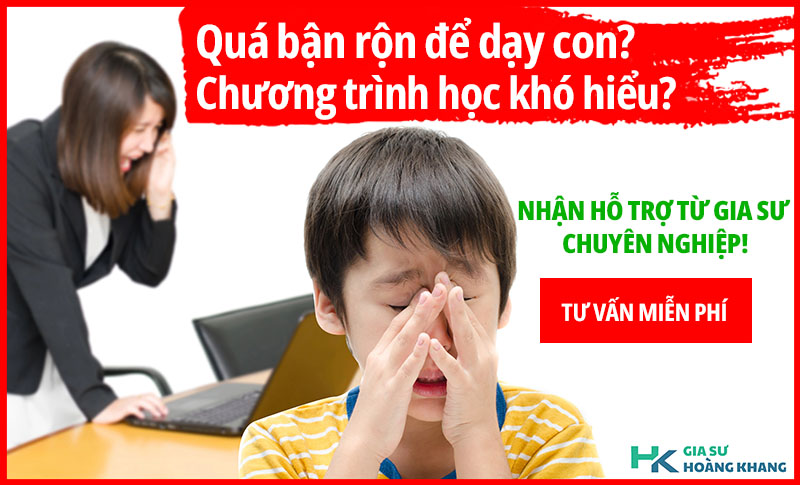Câu hỏi:
Giúp em bài tập về nhà Tiếng Anh lớp 9 câu hỏi như sau: On a boat near Costa Rica, a team of marine biologists is helping a turtle. The animal is having
trouble breathing, and the team discovers whythere is something inside its nose. A scientist tries to
extract the object, but the turtle cries in pain. Finally, after eight long minutes, a 10-centimeter plastic straw
is pulled out.
The video of the turtles rescue has been viewed millions of times on YouTube. It has helped raise
awareness of a growing problem: The worlds seas are full of plastic. Since 2000, there has been a huge
increase in worldwide plastic production, but we recycle less than one-fifth of it. A lot of this plastic waste
ends up in the ocean. Today, scientists think about 8.1 billion kilograms goes into the sea every year from
coastal regions. Most of this plastic will never biodegrade.
This ocean plastic hurts millions of sea animals every year. Some fish eat plastic because it is
covered with sea plants, and it looks and smells like food. Typically, eating plastic leads to constant hunger.
Imagine you ate lunch and then just felt weak … and hungry all day, says marine biologist Matthew
Savoca. That would be very confusing. In some cases, eating sharp pieces of plastic can seriously hurt
sea animals and even result in death.
Plastic is useful to people because it is strong and lasts a long timebut this is bad news for sea
creatures who eat or get stuck in it. According to Savoca, Single-use plastics are the worst. These are
items that are used only once before we throw them away. Some common examples include straws, water
bottles, and plastic bags. About 700 sea species (including the turtle from the video) have been caught in
or have eaten this kind of plastic. Luckily, the turtle survived and was released back into the ocean.
How will plastic affect sea animals in the long term? I think well know the answers in 5 to 10
years time, says Debra Lee Magadini from Columbia University. But by then, another 25 million tons of
plastic will already be in the ocean.
(Extracted from Reading Explorer 1, National Geographic)
Question 44. Which of the following can be the best title for the passage?
A. The Work of Marine Biologists B. Dangers Facing Sea Turtles
C. How Plastic Harms Sea Creatures D. How Plastic Dilute into Oceans.
Question 45. The word extract in paragraph 1 is closest in meaning to______.
A. remove B. reform C. examine D. discover
Question 46. The word It in paragraph 2 refers to ______.
A. the video B. the turtle C. YouTube D. the world
Question 47. The word constant in paragraph 1 is closest in meaning to______.
A. extreme B. satisfying C. temporary D. frequent
Question 48. According to paragraph 4, single-use plastics are harmful to sea creatures because ______.
A. They are made of toxic materials.
B. They are not durable.
C. They are frequently disposed of in the ocean.
D. Sea creatures mistake them for food or get entangled in them.
Question 49. Which of the following is NOT true according to the passage?
A. Many people have watched the video of the turtle on YouTube.
B. Most of the plastic can change back to a harmless natural state.
C. We recycle less than 20 per cent of plastic products.
D. The turtle in the video was one of 700 sea species having eaten single-use plastics.
Question 50. Which of the following can be inferred from the passage?
A. Each year, coastal areas dump 8.1 billion kg of plastic waste into the ocean.
B. The plastic waste in the ocean hurts sea animals and can even kill them.
C. Scientists will have a clear understanding of the oceans plastic problem in 5 to 10 years time.
D. Having watched the video of the turtles rescue, millions of people stopped using plastics.
Trả lời 1:
Gia Sư Hoàng Khang gữi câu trả lời dành cho bạn:
44. C How plastic harms sea creatures
45. A extract ~ remove
46. A the video
47. D frequent
48. D Sea creatures mistake them for food or get entangled in them.
49. B Most of the plastic can change back to a harmless natural state.
50. In some cases, eating sharp pieces of plastic can seriously hurt






